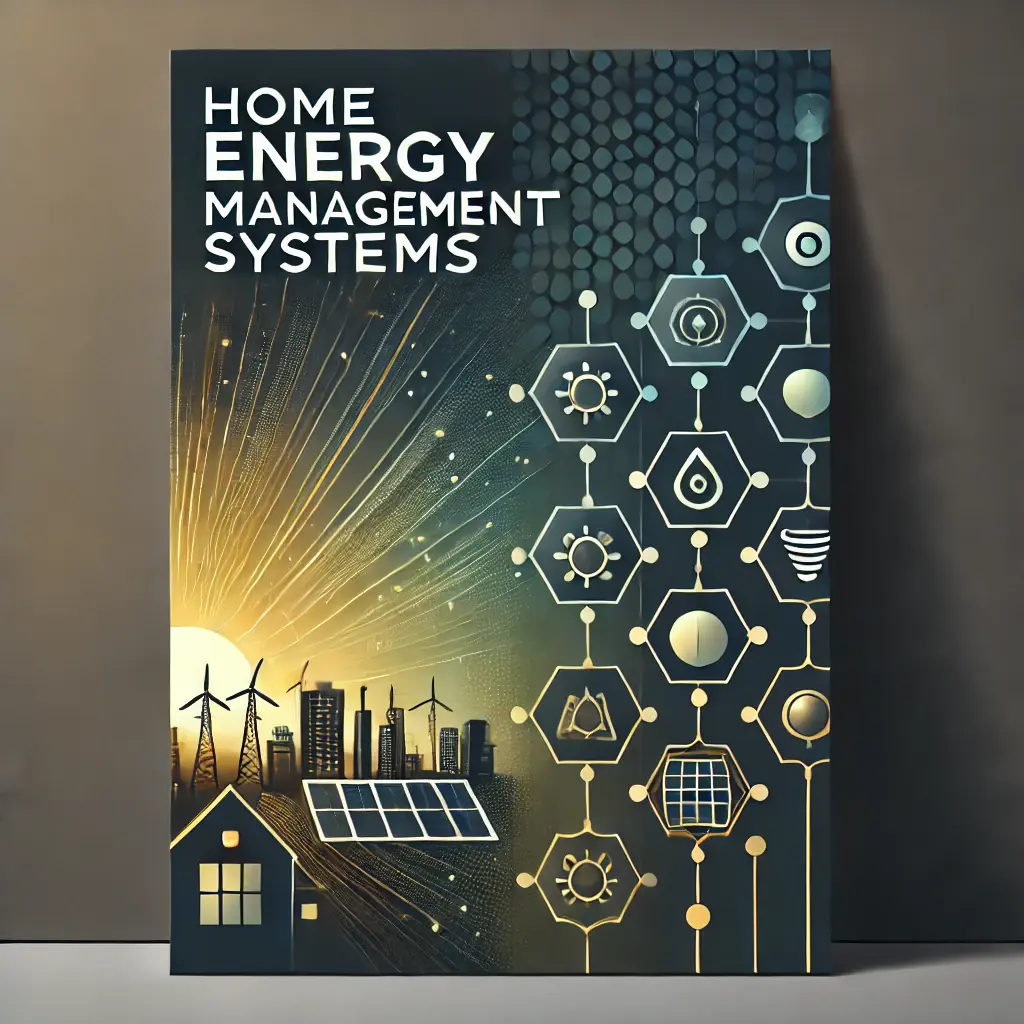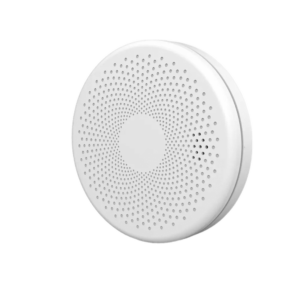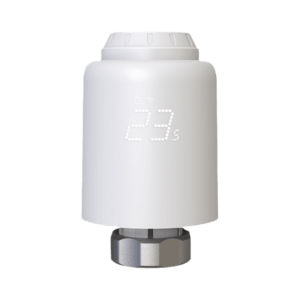In an era of rising energy costs and growing environmental concerns, Home Energy Management Systems (HEMS) have emerged as a game-changer for homeowners seeking to take control of their energy consumption. These intelligent systems empower you to monitor, analyze, and optimize your energy usage like never before, unlocking a world of benefits that extend beyond cost savings.
Home Energy Management Systems: An Overview
What is a Home Energy Management System (HEMS)?
A Home Energy Management System (HEMS) is an advanced home automation technology that provides comprehensive control over your home's energy consumption. It acts as a central hub that integrates various smart devices, sensors, and appliances, allowing you to monitor, track, and manage your energy usage in real-time.
Components of a Home Energy Management System
A typical HEMS consists of the following components:
- Sensors: Monitor energy consumption from various sources, such as appliances, lighting, and HVAC systems.
- Smart Devices: Controllable devices that can be programmed to adjust energy consumption based on user preferences and optimization algorithms.
- Communication Hub: Connects sensors and smart devices to a central controller.
- Central Controller: Processes data from sensors, manages smart devices, and provides an intuitive user interface for monitoring and control.
Benefits of Home Energy Management Systems
HEMS offers a multitude of benefits that can transform your home's energy efficiency:
Reduced Energy Costs: By monitoring and optimizing your energy consumption, HEMS can identify and eliminate energy waste, resulting in significant savings on your utility bills.
Enhanced Comfort and Convenience: HEMS allows you to remotely control your home's temperature, lighting, and other appliances, ensuring a comfortable living environment with minimal effort.
Peak Demand Reduction: HEMS can optimize energy consumption during peak usage hours, reducing the demand on the electrical grid and potentially lowering your electricity rates.
Environmental Sustainability: By reducing energy consumption, HEMS contribute to reducing greenhouse gas emissions and protecting the environment.
How Home Energy Management Systems Work
HEMS operate on a simple yet effective principle:
- Data Collection: Sensors collect real-time data on energy consumption from various sources throughout your home.
- Analysis and Optimization: The central controller analyzes the collected data to identify patterns, inefficiencies, and optimization opportunities.
- Control and Automation: Based on the analysis, the controller makes adjustments to smart devices to optimize energy usage and reduce waste.
- User Interface: A user-friendly interface provides comprehensive insights into energy consumption, allowing homeowners to make informed decisions and fine-tune the system's settings.
Types of Home Energy Management Systems
HEMS come in various types, each tailored to specific needs and budgets:
Wired HEMS: Requires physical wiring between sensors and the central controller, providing a highly reliable and secure connection.
Wireless HEMS: Utilizes wireless communication protocols, such as Wi-Fi, Zigbee, or Z-Wave, to connect sensors and devices, offering greater flexibility and ease of installation.
Cloud-Based HEMS: Stores data and provides control functionality through a cloud-based platform, accessible from anywhere with an internet connection.
Choosing the Right Home Energy Management System
Selecting the right HEMS for your home involves considering the following factors:
- Compatibility: Ensure the HEMS is compatible with your existing smart devices and appliances.
- Features and Functionality: Identify the specific features and functionalities that meet your needs, such as real-time monitoring, remote control, and integration with other smart home systems.
- Ease of Installation: Consider the installation complexity and whether you prefer a wired or wireless system.
- Cost: Determine your budget and compare the upfront and ongoing costs of different HEMS options.
Installation and Setup
Installing and setting up a HEMS typically involves the following steps:
- Hardware Installation: Install sensors, smart devices, and the central controller according to the manufacturer's instructions.
- Network Configuration: Connect the HEMS to your home Wi-Fi network or set up a dedicated communication network for wired systems.
- Configuration: Program smart devices, set up automation rules, and customize the user interface to suit your preferences.
FAQs
- Are Home Energy Management Systems expensive?
HEMS vary in price depending on the type, features, and complexity. However, most systems offer a reasonable return on investment in the long run through energy savings. - Can I install a HEMS myself?
While some HEMS are designed for DIY installation, others require professional assistance. If you are not comfortable with electrical or networking tasks, it is recommended to hire a qualified electrician or installer. - Do Home Energy Management Systems require a subscription?
Some HEMS providers offer subscription-based services that provide additional features or support. However, most systems do not require ongoing subscriptions. - How quickly can I see savings with a HEMS?
The time it takes to realize savings with a HEMS varies depending on factors such as the size of your home, your energy usage patterns, and the efficiency of your appliances. However, many users report noticeable savings within the first few months of installation. - Do Home Energy Management Systems improve home value?
While HEMS are not directly correlated with home value, they can contribute to a more energy-efficient and sustainable home, which may be attractive to potential buyers. - What are the latest trends in Home Energy Management Systems?
Emerging trends include the integration of renewable energy sources, the use of artificial intelligence for optimization, and the seamless integration with other smart home devices.
Home Energy Management Systems are a powerful tool for homeowners who seek to optimize energy efficiency, reduce costs, and enhance their home's comfort and convenience. By embracing HEMS technology, you unlock the potential for a more sustainable, energy-conscious, and financially rewarding living space.




